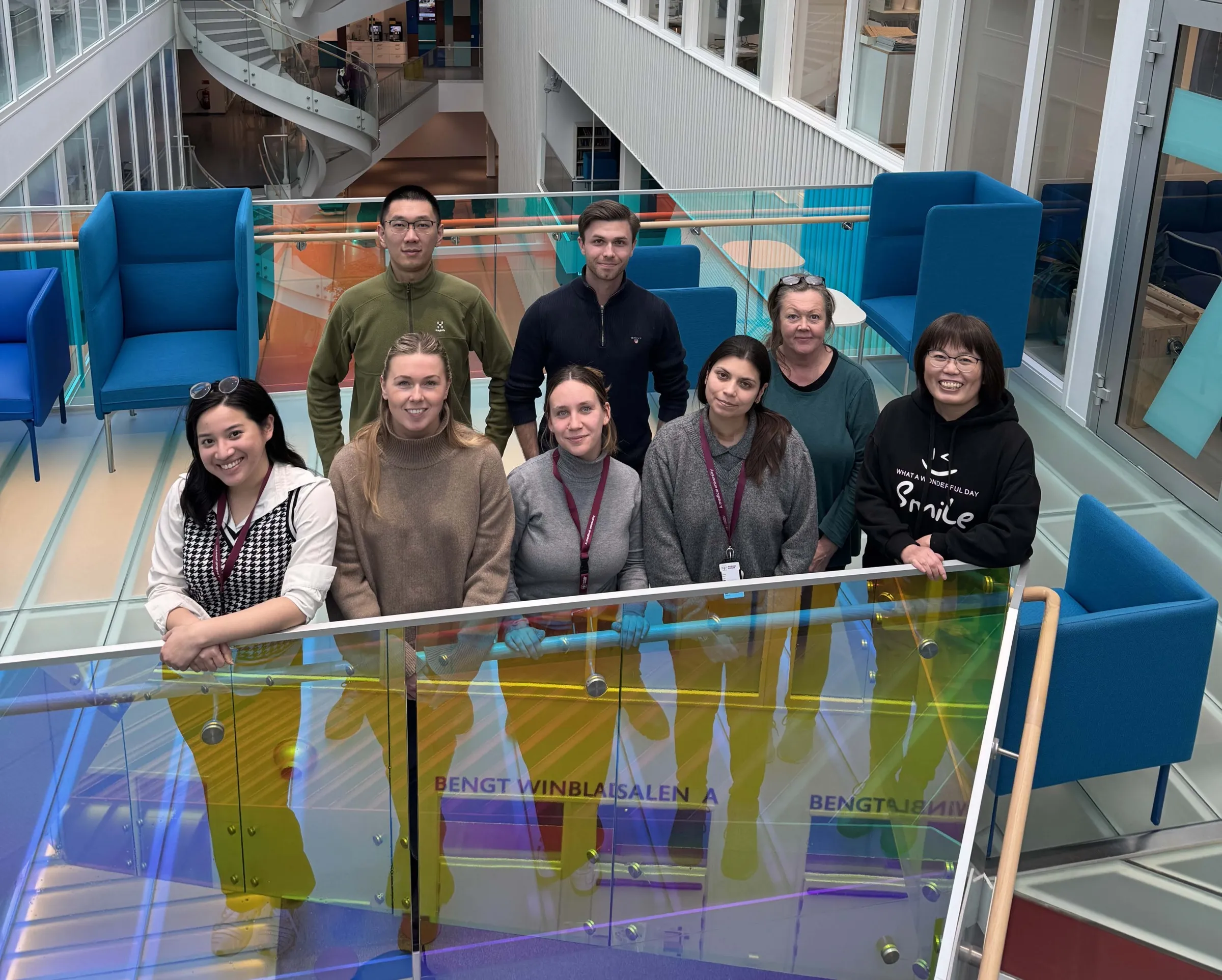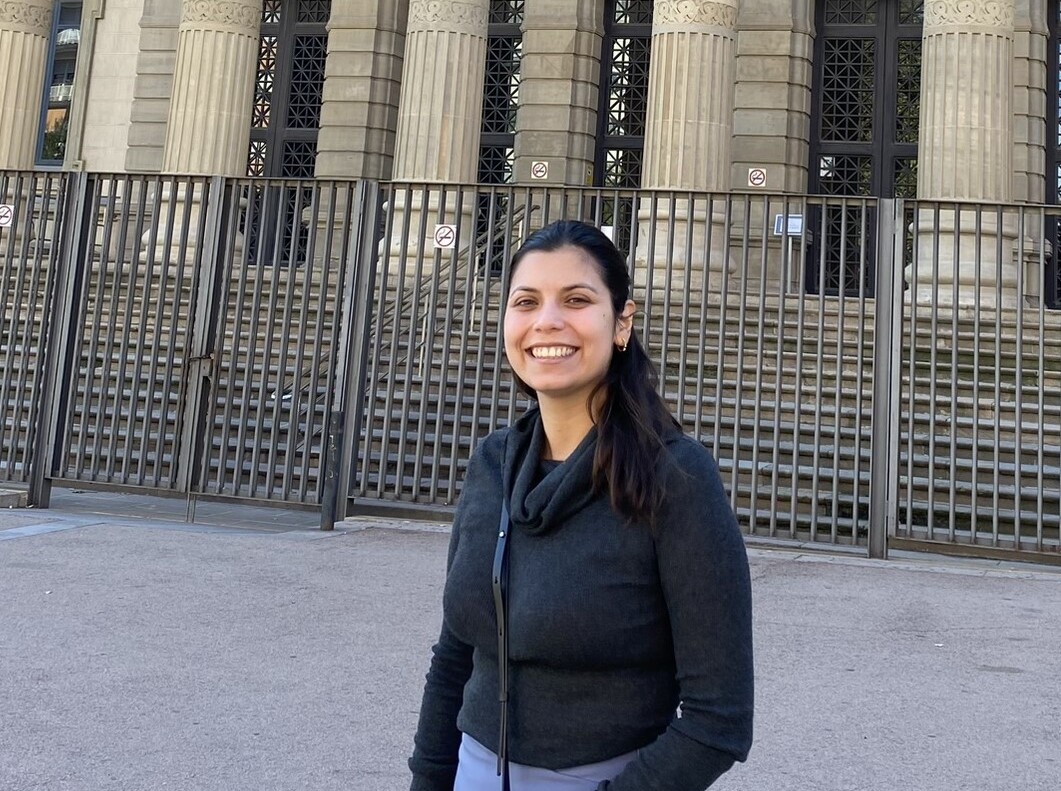Our research
The main challenge for successful treatment of myeloid malignancies, particularly, acute myeloid leukemia (AML) has been drug resistance resulting in treatment failure, relapse and leukemia progression, which ultimately leads to death. Thus, there is a great need for more effective therapies. Recent studies have suggested that the drug resistance is attributed to the persistence of leukemia-initiating stem cells (LSCs) that are protected by their microenvironment, the so-called niche, in bone marrow (BM). Thus, targeting the BM niche may offer new therapeutic opportunities to improve the efficacy of current therapy for leukemia. However, so far, we have limited knowledge about the critical molecular pathways mediating the protective interactions of LSCs with their niches in the BM and tissues outside BM, so-called extramedullary organs including skin and spleen.
The primary aim of our research is to understand the role of leukemia niche in the development and treatment response of myeloid malignancies including CML and AML. The long-term goal is to identify new niche factors that can serve as novel therapeutic targets for more effective treatment of the diseases. We achieve this by using both primary patient samples and mouse models to characterize bone marrow mesenchymal niche with the help of advanced techniques including multi-colour flow cytometry, RNA-sequencing, confocal imaging, and in vivo fate-mapping. The functional and therapeutic impact of the niche factors on LSCs is tested by gene-editing, mouse models including patient-derived xenograft (PDX) mouse model, digital PCR, in vitro co-culture with mesenchymal stem cells (MSC) which are known to be critical for hematopoiesis. We will do this in collaboration with national and international experts in the field of stem cell niche and leukemia. We hope to translate the research findings into clinic in collaboration with multiple haematologists/scientists in Nordic countries.
While putting great efforts to uncover the niche contribution to myeloid leukemia, the group also aims to build a nourishing educational niche for all the team members to grow.
Open positions
We always want to get in touch with talented potential co-workers. If you are interested in doing research within our group, as a degree project or as a researcher, please contact the group leader Hong Qian.
Student and Postdoc Award
- The 56th ASH abstract achievement award to Pingnan Xiao (2014).
- The 58th ASH abstract achievement award to Makoto Kondo (2016).
- The Incyte Award to Monika Dolinska (2018).
- Travel award from International Stem Cell Research (ISSCR) to Lakshmi Sandhow (2018).
- Student award from Mayo Clinic for the 8th Mayo Clinic Symposium on Tumor Microenvironment and Cancer Therapeutics in Jacksonville, Florifa, USA (2018).
- The Incyte Award for hematological research to Huan Cai (2021)
Collaborations (major)
Sweden, Karolinska Institutet
- Prof. Martin Bergö, BioNut, Karolinska Institutet.
- Prof. Qiang Pan-Hammarström, BioNut, Karolinska Institutet.
- Dr. Julian Walfridsson, Department of Medicine, Huddinge, Karolinska Institutet.
Sweden, other
- Prof. Anders Blomqvist, Linköping University.
- Prof. Marja Ekblom, Lund University.
- Dr. Ulla Strömberg, Hematology Centrum, Uppsala University Hospital.
International
- Nordic CML study group (NCMLSG).
- Nordic society of pediatric hematology and oncology (NOPHO).
- Prof. Nagahiro Minato, Kyoto University for MPN mouse model.
- Prof. Satu Mustjoki, Hematology Centrum, Helsinki University Hospital, Finland.
The group has revealed the previously unrecognized roles of skin mesenchymal niches in maintaining and protecting acute myeloid leukemia (AML) stem cells under steady state and during chemotherap. For the first time, the group has shown that the AML cells hidden in the skin tissue are highly enriched with leukemia-initiating stem cells even post-chemotherapy.
The Journal of experimental medicine 2023 220;10.


